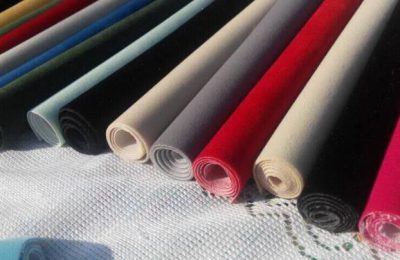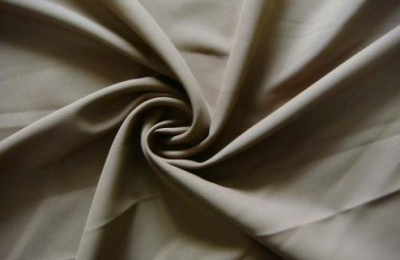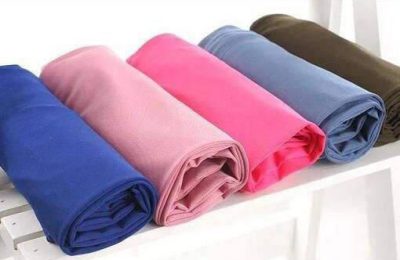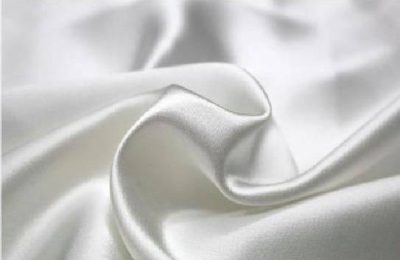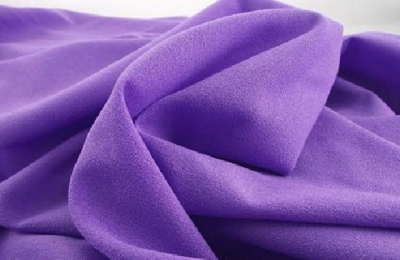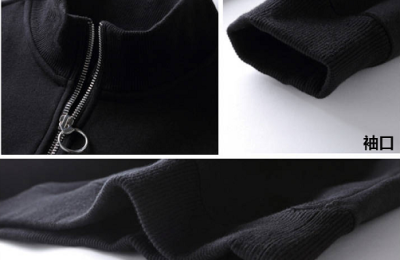Red, orange, yellow, green, indigo and purple, it is dazzling and difficult to distinguish.
Which composite filter material is stronger? Seeing through the essence depends on the eyes.
In recent years, more and more filter materials have entered people’s field of vision, so which filter material has better performance? The editor recommends melt-blown non-woven composite filter material to everyone.
Melt-blown non-woven composite filter material is a new type of polymer environmentally friendly material.
Compared with other high-efficiency filter materials, its characteristics are that its filtration performance is more excellent.
It also has very good non-adhesive properties, so it is easy to remove dust accumulated on the surface of the material, and it can be rinsed with water to restore its performance, allowing for reuse, which also extends the service life of the equipment.
The membrane pore size is small and uniform, and the material has been heat-set at high temperatures, making the microporous structure very stable, thus effectively ensuring that dust particles can be effectively intercepted at high wind speeds.
Currently nano melt-blown fibers can be used as filter media, which can significantly improve filtration efficiency.
There is also data showing that because the fibers in nano-scale melt-blown nonwovens are thinner, melt-blown fabrics with a lighter weight can be combined with spunbond composites, which can still withstand the pressure of the same water head, and the SMS made of them can Such products can reduce the proportion of melt-blown fibers.
PTFE film manufacturer specializes in the production of melt-blown non-woven composite filter materials. It has a full set of advanced production equipment and technology, and also has an advanced clean room and an independent composite slitting workshop to ensure the production quality of PTFE film; production The product materials are all imported raw materials, with high uniformity, stable performance, good air permeability, and the filtration efficiency can reach 99.999995%! It can basically meet the filtration efficiency grade requirements of sub-high efficiency, high efficiency and ultra high efficiency filters.
</p



